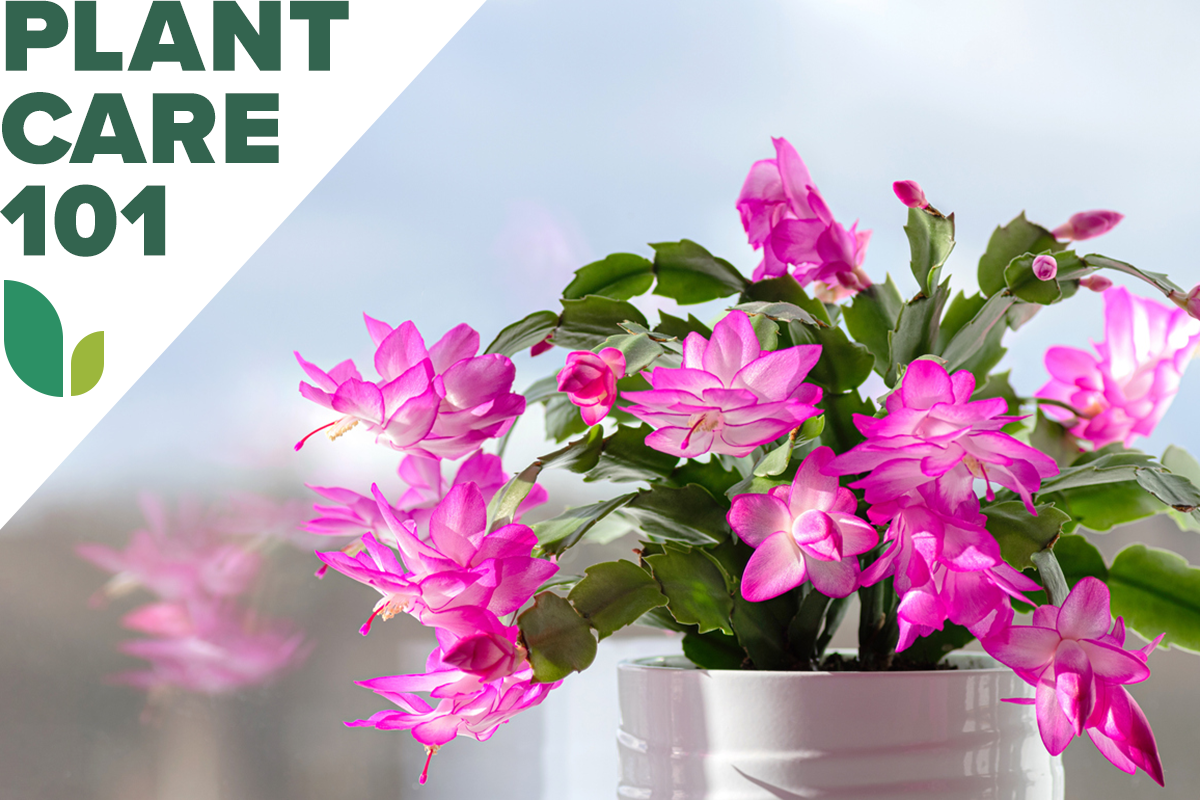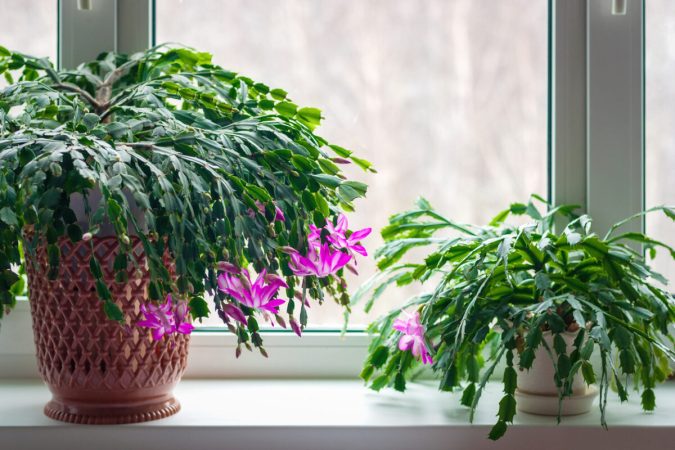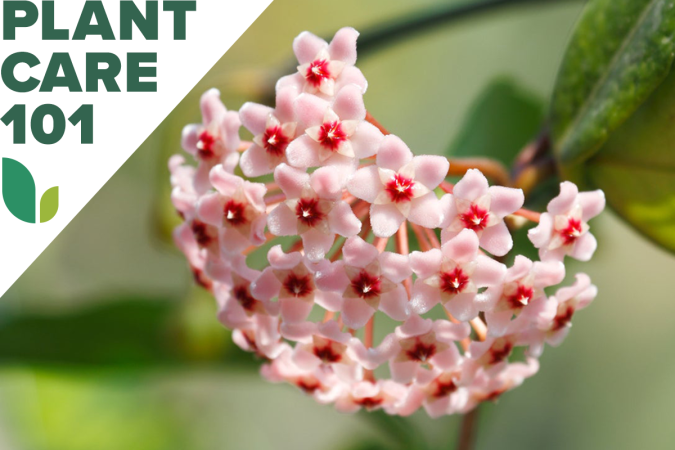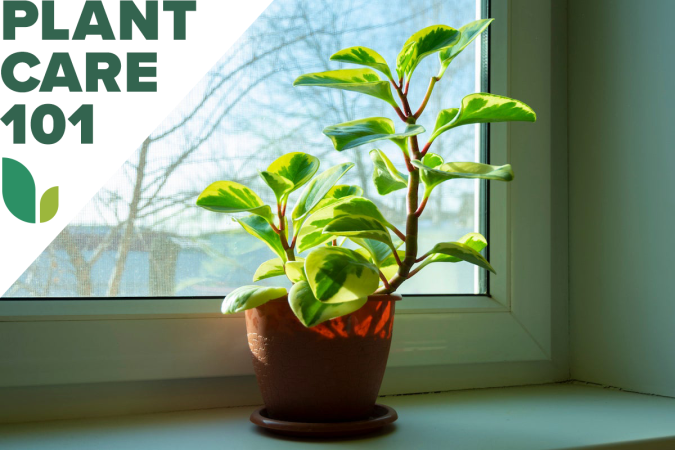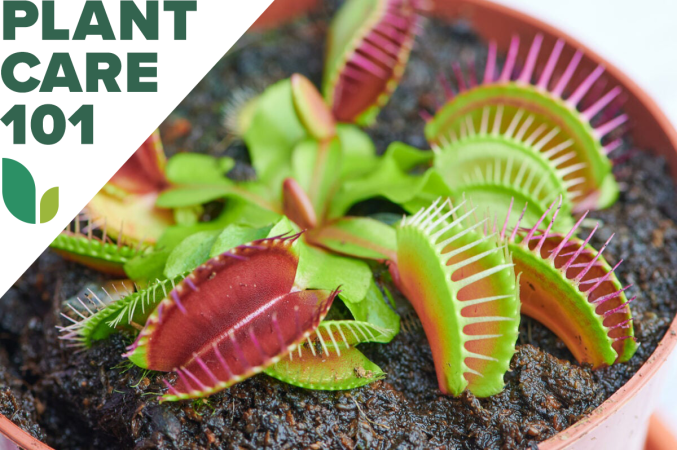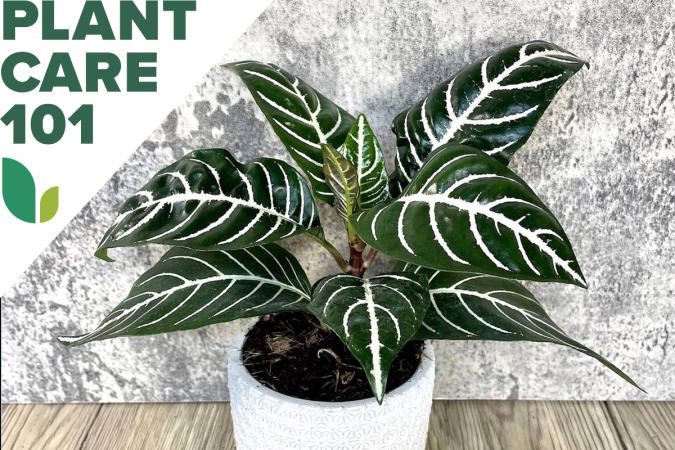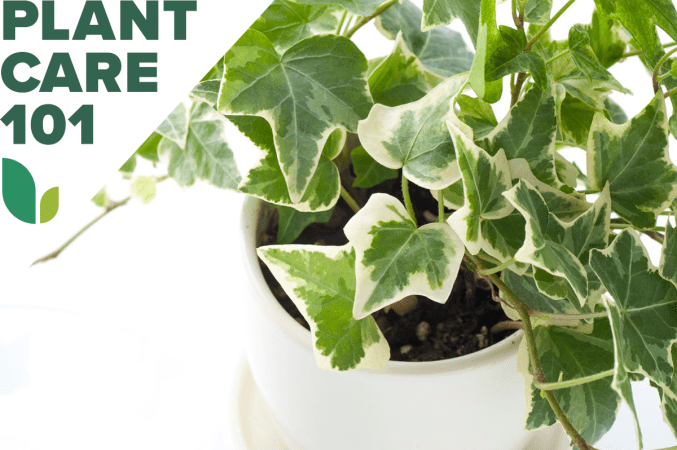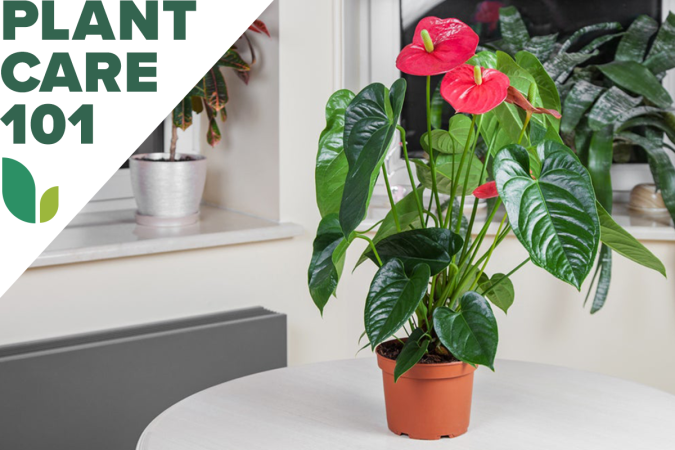We may earn revenue from the products available on this page and participate in affiliate programs. Learn More ›
Alongside garden mums and poinsettias, the Thanksgiving cactus starts to make its appearance in flower shops and plant nurseries just as fall weather begins to settle in. For many, this succulent is synonymous with the season, and gifting a Thanksgiving cactus to a party host is a tradition almost as old as cutting the turkey.
Regardless of the time of year for which it’s named, Thanksgiving cacti are tropical plants that can be easy to love and keep for generations. Follow this guide to help with Thanksgiving cactus care this season.
RELATED: Beyond Poinsettias: 23 Stunning Houseplants That Thrive in Winter
Thanksgiving Cactus Care at a Glance
Common Name: Thanksgiving cactus
Scientific Name: Schlumbergera truncata
Soil: Fast-draining
Light: Bright, indirect
Water: Consistent
Food: Only during spring and summer
Temperature and Humidity: 65 to 80 degrees Fahrenheit; 50 percent humidity or higher
Propagation: Cuttings
Safety: Nontoxic
Thanksgiving Cactus Characteristics
Thanksgiving cactus, or Schlumbergera truncata, is a beautiful flowering plant that appears in plant nurseries and grocery stores in October and November, when it begins to bloom an explosion of waxy, colorful flowers that last throughout the holiday season. Thanksgiving cactus colors include orange, coral, red, pink, white, bicolor, and sometimes even yellow.
When identifying Christmas cactus vs. Thanksgiving cactus, there can be some confusion. Thanksgiving cactus also is commonly sold under the name Zygocactus. Thanksgiving cactus is also sometimes referred to as “false Christmas cactus,” owing to the fact that its close relative, Schlumbergera x buckleyi is the “true” Christmas cactus.
Thanksgiving cacti are native to Brazil and are classified as epiphytes, meaning they get much of their nutrients from the air and moisture rather than the soil. This makes them lovers of humidity and enemies of excessive watering, both of which makes them easy houseplants to care for during and after the blooming period.
Selecting Soil for Thanksgiving Cactus
Because they are considered succulents, Thanksgiving cactus soil should be fast-draining and well-balanced to keep the plant’s shallow roots from sitting in water. The best soil for succulents includes a blend of peat moss, perlite, coarse sand, and some kind of organic mulch. Thanksgiving cactus’s shallow roots come with a bonus: They prefer to be crowded in their pots, which means they can live in the same pot for years.
The Right Light
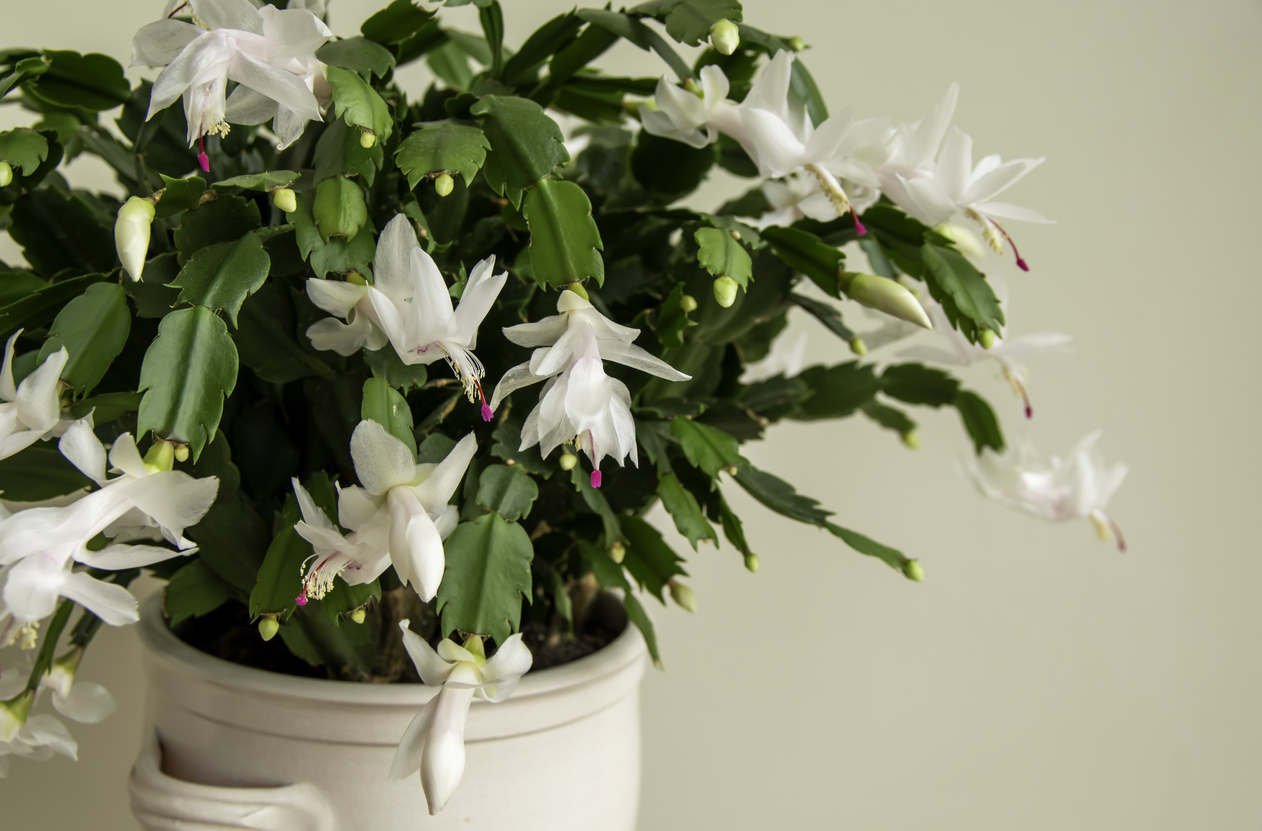
When grown indoors, Thanksgiving cactus light requirements are generally easy to maintain. Similar to other houseplants, they do well in bright, indirect sunlight or can take some morning sun (particularly in the winter months when sunlight isn’t as intense). A north- or east-facing window usually works best. Around September, giving the plant 13 or 14 hours of darkness each night for at least 4 or 6 weeks will help buds set and improve flowering.
If Thanksgiving cactus stems start to look pale green, yellow, reddish, or even purple, the color change likely indicates the plant is getting too much sunlight. When outdoor temperatures allow (typically April to September, but this can vary) the Thanksgiving cactus can be placed outside in an area with bright, indirect light or a short amount of morning sun, so typically a bright, shaded area.
Watering Thanksgiving Cactus
The Thanksgiving cactus has a shallow root system that only reaches a few inches down. While an advantage of this root system is less infrequent repotting, a downside is the need for consistency in the amount of water they receive. Thanksgiving cacti should be watered when the top inch or so of soil has dried out. On average, this will be every 3 days during periods of active growth or bloom, but it can depend on the humidity in the room. Err on the side of dry to avoid overwatering and rely on how the soil feels to the touch as the best gauge for when to water.
Always allow the water to drain adequately from the container, and never keep the soil soggy or allow the saucer below to remain full of water. If the Thanksgiving cactus is in a decorative pot or wrapped in foil and doesn’t have drainage, make sure to remove these covers when watering to avoid water accumulating.
RELATED: 13 Types of Cactus Plants You Can Grow at Home
Fertilizing Thanksgiving Cactus
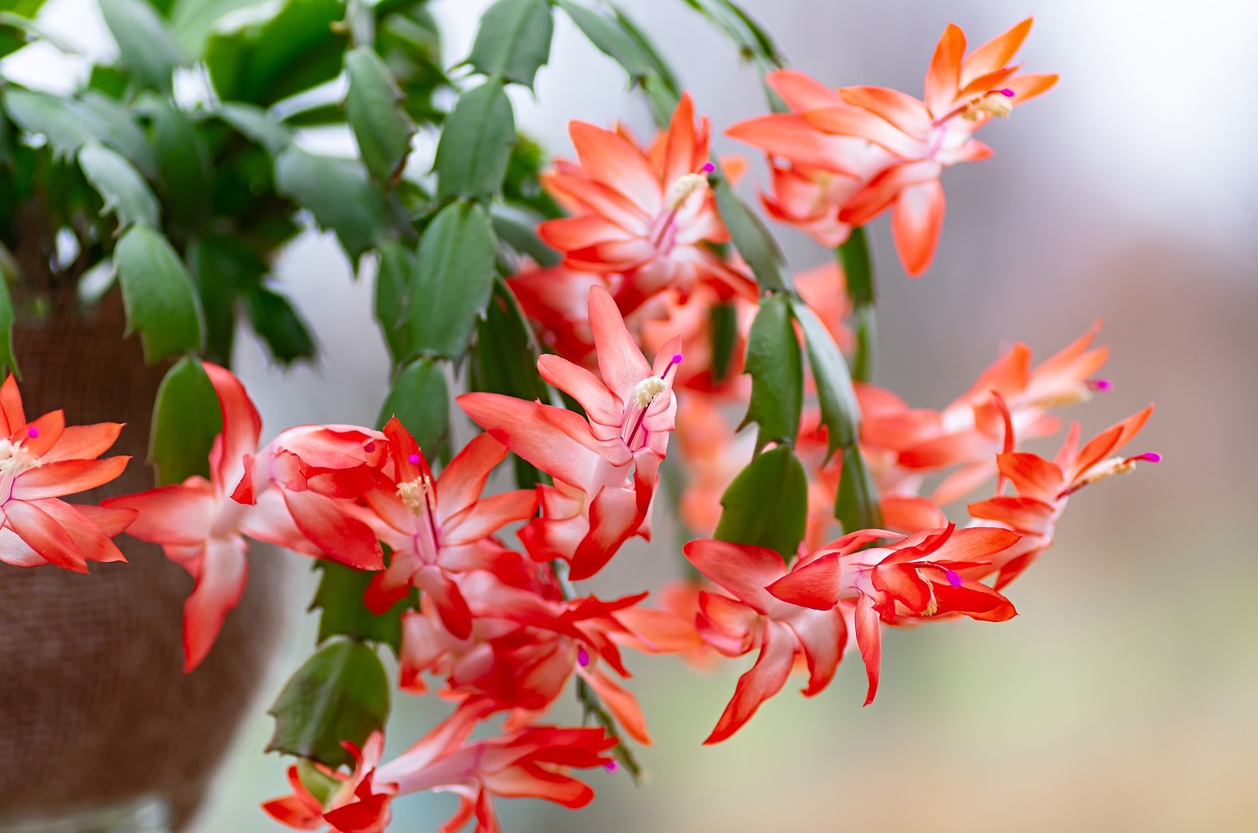
Fertilize Thanksgiving cactus sparingly, once a month during the spring and summer months with a water-soluble fertilizer. Be sure the soil is not dry when applying the fertilizer, but rather water thoroughly, then water again with liquid fertilizer, following the manufacturer’s instructions for ratio. Once buds begin to form, stop fertilizing altogether to reduce stem growth and give more energy to flowering, and do not feed again until blooming has stopped.
Setting the Temperature and Humidity
Since Thanksgiving cactus is a tropical native, temperature and humidity play an active role in keeping it healthy. Most homes are not humid enough to please this plant, so increase the humidity around the houseplant by using a room humidifier, placing it on a shallow tray of pebbles filled with water, or misting it regularly. 50 percent humidity or higher is ideal for Thanksgiving cactus.
An ideal indoor temperature range is between 65 and 80 degrees Fahrenheit. For the best flowering conditions, Thanksgiving cactus plants should have night temperatures of 55 to 65 degrees during their long-night period in fall. Thanksgiving cactus can be kept outside once the daytime temperatures rise above 70 degrees. They thrive as outdoor plants in areas with warm, humid summers and are frequently moved inside as houseplants when temperatures begin to dip.
Propagating Thanksgiving Cactus
Thanksgiving cactus propagation is not difficult. The primary method for propagating the plant is from cuttings. The process is relatively simple.
- Using sterile scissors, pruners, or a sharp knife, cut off a section of Thanksgiving cactus stem that has at least three segments.
- Let the cutting dry out for 2 to 3 days so that it is calloused.
- Plant the cutting in a small pot (4-inch pots are usually an ideal size for cuttings).
- Use a sterile potting soil appropriate for succulents. It should be fast-draining to make sure the cuttings don’t get overwatered.
- Water cuttings whenever their soil is completely dry.
Avoid repotting Thanksgiving cactus cuttings too soon; they can take a few weeks to root.
How to Get Thanksgiving Cactus to Bloom
To encourage the Thanksgiving cactus to rebloom each year, the plant requires simulated dormancy. This means either a period of consistently cool temperatures and evening light deprivation over a period of about 8 weeks. To coax Thanksgiving cactus blooms in time for Thanksgiving, count back 8 weeks from the desired bloom time. At least one of these conditions must be met in order to coax the Thanksgiving cactus to flower again:
- Keep Thanksgiving cactus in cool night temperatures between 50 and 55 degrees Fahrenheit. This can be tricky in many climates that see sharp autumn temperature drops, but in more moderate climates, it’s an easy way to encourage Thanksgiving cactus blooms.
- Many houses are between 55 and 70 degrees in fall, so bring the plant inside and deprive it of light for 13 hours. Simply place it in a low-light area of the home, or even inside of a closet.
- If indoor temperatures are 70 degrees or higher, deprive the plant of even more light. Ideally, give it 15 hours of constant darkness.
Once the Thanksgiving cactus begins to set buds, it can be moved to an area with brighter light.
Safety Considerations
According to the ASPCA, plants in the Schlumbergera genus are nontoxic to humans, cats, dogs, and horses. However, it’s always a good idea to use caution around pets and people when fertilizing or spraying Thanksgiving cactus for pests. Use gloves while fertilizing and applying any kind of pesticide or insecticide, even a homemade one. Always remove plants from the home when applying spray pesticides or insecticides, and do so in a well-ventilated area where the plant can be left to dry completely before bringing it back inside.
Potential Pests and Diseases
The most common among potential Thanksgiving cactus problems result from overwatering, which can cause the otherwise emerald stems to turn a pale yellow. Apart from that, they are susceptible to many common insects found on house plants, including aphids, mites, mealybugs, scale, fungus gnats, and thrips.
Penn State Extension has identified several fungal and viral diseases that affect Schlumbergera plants. These include botrytis blight, basal stem rot, impatiens necrotic spot virus (INSV), pythium root rot, and phytophthora root rot. These can be avoided with proper watering, a high-quality potting mix with good drainage, and a suitable pot. The best pots for succulents always include plenty of drainage.
RELATED: Move Over Poinsettias—Succulent Christmas Trees Are the New Go-To Holiday Houseplants
FAQ About Thanksgiving Cactus Care
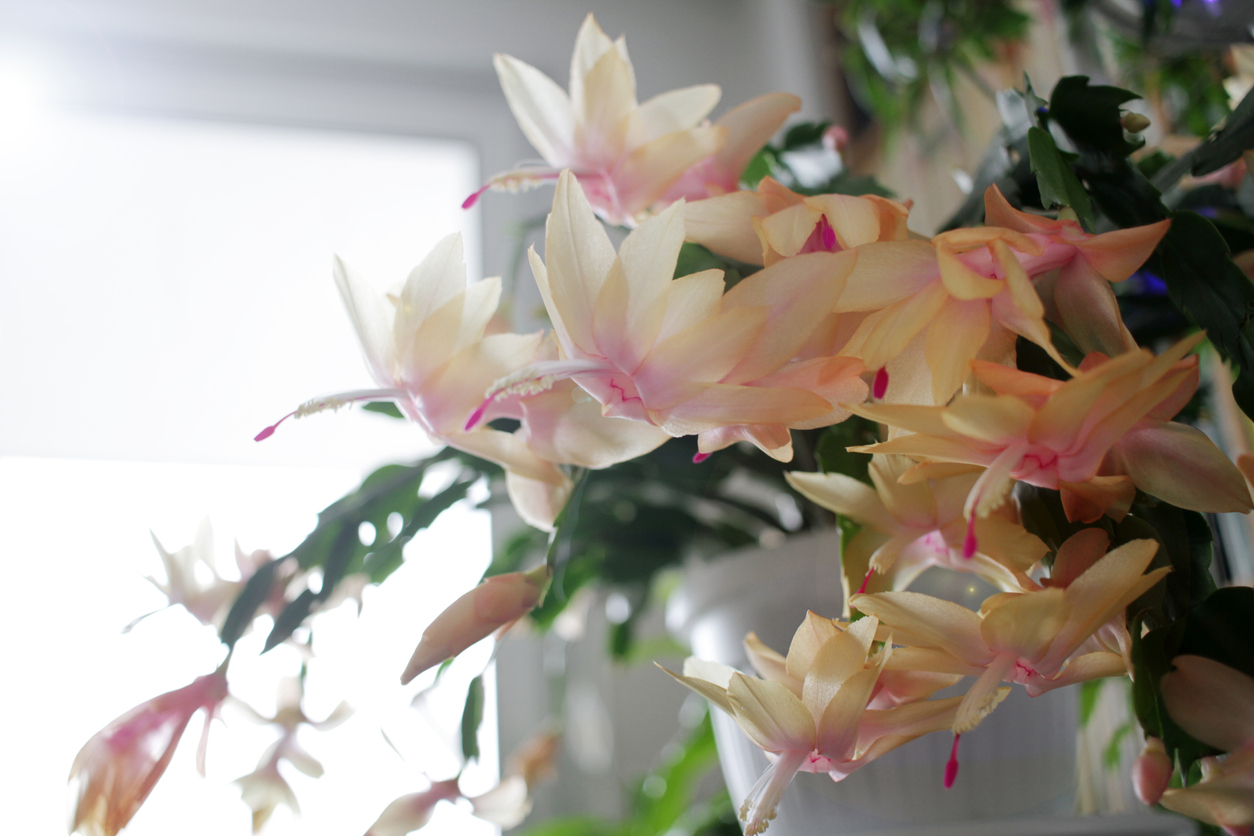
A holiday cactus brings a welcome burst of color during the cooler months of the year, and Thanksgiving cactus care is surprisingly easy. Learn even more about Thanksgiving cactus by reading the answers to these frequently asked questions.
Q. Is Thanksgiving cactus poisonous to cats, dogs, or other common house pets?
No. Thanksgiving cactus is classified as nontoxic by the ASPCA.
Q. Where should I place a holiday cactus in my house?
Place it in bright, indirect light. For many homes, an east-facing window that gets some morning light is fine, as is a northern-facing window where no direct sunlight comes in. The plants love humidity, so if there’s a humid place, like a bathroom, that also has the right light, it’s ideal.
Q. What are the differences between the Thanksgiving cactus, Christmas cactus, and Easter cactus?
Although closely related, these holiday plants have some key differences. One of the easiest ways to tell them apart is by the stems, also called cladophylls. Thanksgiving cactus (Schlumbergera truncata), which is sometimes called claw cactus, has pointed, somewhat claw-like, edges on the stem sections. Christmas cactus (Schlumbergera x buckleyi) can look quite similar, but its stem edges are more scalloped. Easter cactus (Schlumbergera gaertneri) has the most rounded leaves of the three.
Another key indicator is when they bloom. Thanksgiving cacti tend to bloom between September and November, depending on when their dormant period began. Christmas cacti bloom a little later, typically from October to December. Easter cacti bloom between February and April.
Q. What is the lifespan of a Thanksgiving cactus?
If cared for properly, Thanksgiving cactus can last up to 100 years or longer, often being propagated and passed down from generation to generation.
Q. What should I do with a Thanksgiving cactus after it blooms?
Once the Thanksgiving cactus has bloomed, you can prune it back within a month to force bushier growth, cutting or twisting between stem segments. Keep it in bright, indirect light with regular water and fertilize it as usual until the buds have set again the following year.
Q. How do I pick out a cactus ready for bloom?
Look for a Thanksgiving cactus that has plenty of tight buds all over and just a few open blooms. Once transported home and given warmth, light, and humidity, it will quickly burst into long-lasting blooms.
Looking for more winter-blooming plants to brighten your home over the holidays? Check out our guides on caring for moth orchid, poinsettia, and peace lily.

